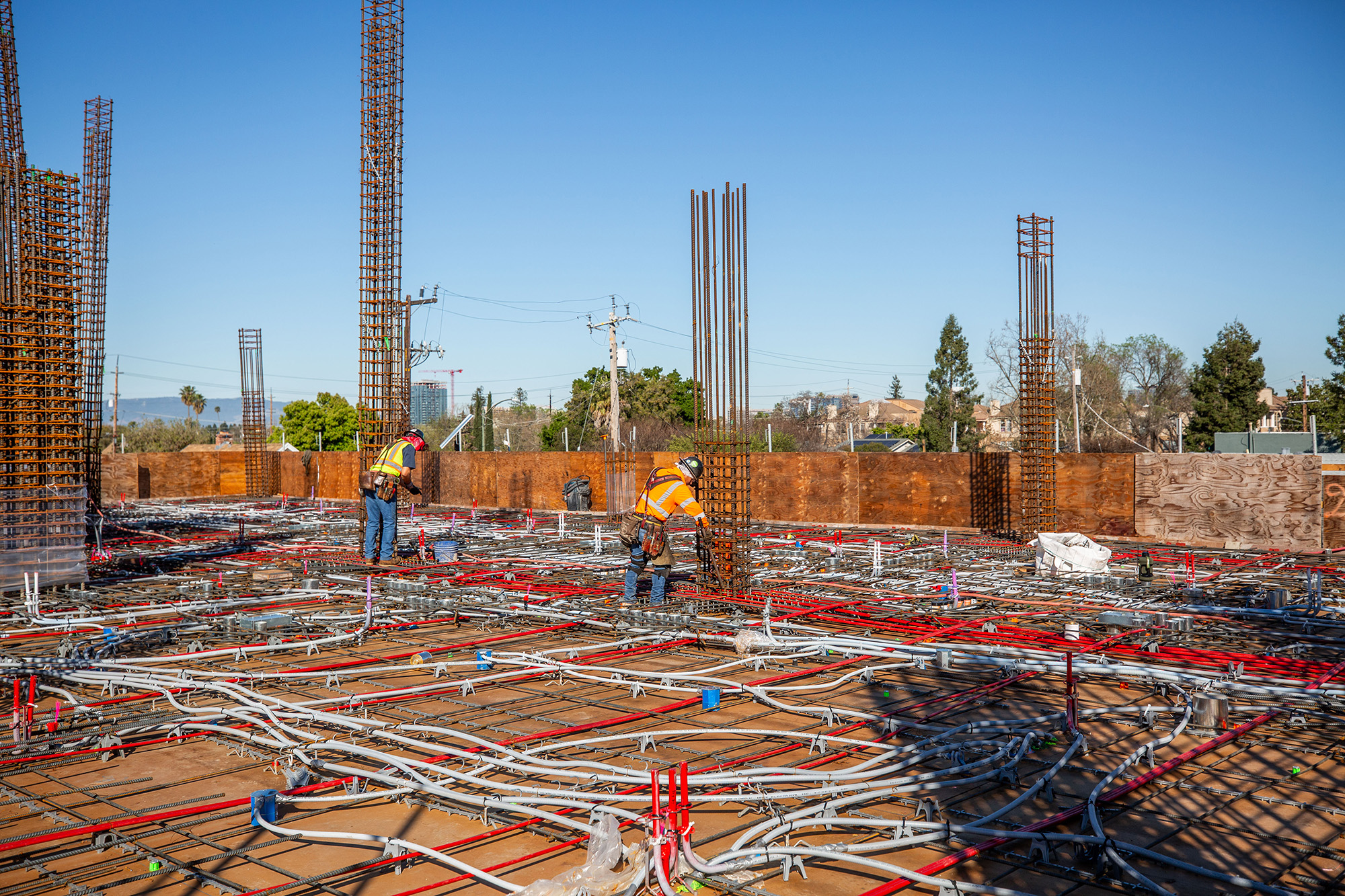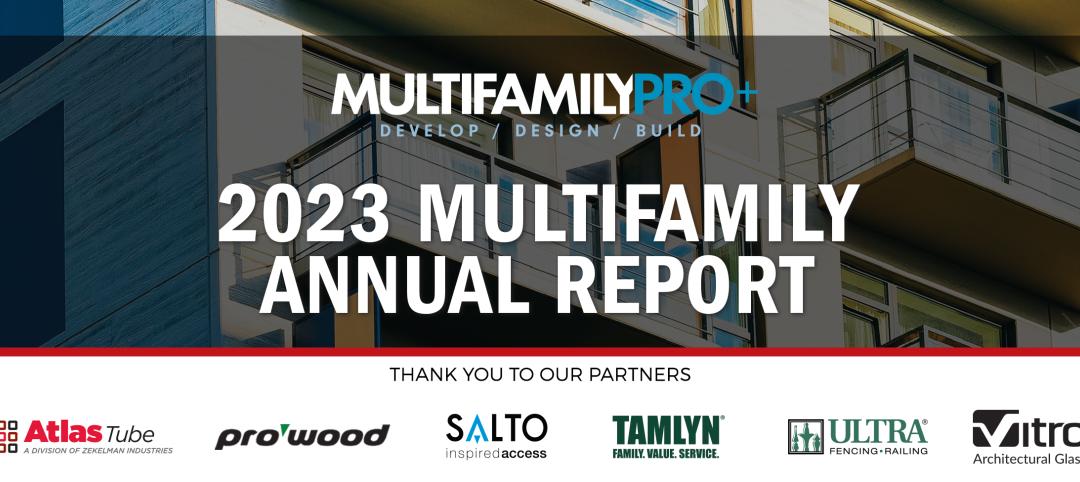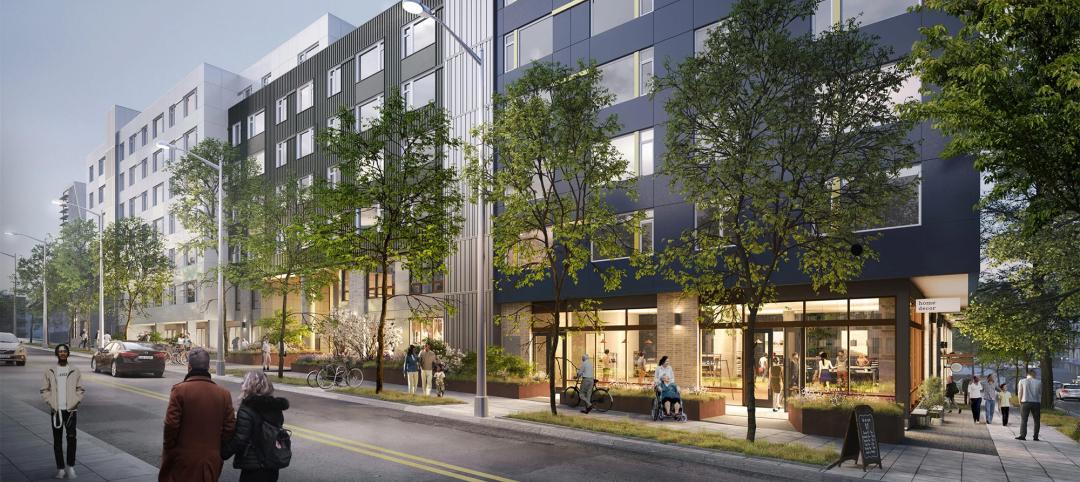Even with recent and growing public support for critically necessary affordable housing in California, developers are finding it difficult to make these projects pencil. They are forced to contend with myriad challenges, from supply chain and labor issues to complex financing and regulatory requirements, that must be handled well before building can actually begin.
It’s no secret that general contractors (GCs) can have tremendous influence over a project’s success in terms of schedule, budget, and overall quality. However, to ensure a project is put on this path, there are a few factors that must be considered. The keys are early involvement, open communication, and an experienced team that understands the intricacies of the affordable housing market.
Early Collaboration with General Contractors
First and foremost, project delivery type matters. Utilizing design-build or design-assist will allow the contractor to be involved in the project from the earliest phase. Bringing the general contractor into the conversation at this juncture provides them with an opportunity to make critical recommendations up front, positively affecting both budget and schedule.
Review the Three S’s: Structure, Systems, and Skin
Once the delivery method is selected and assuming it allows for early collaboration, the GC can carefully review design concepts, focusing on proposed structure type, building systems and exterior skin.
Through detailed and holistic evaluation of a project’s distinct goals and characteristics, the GC will know what enhancements should be made. For instance, they may identify structural solutions that are more readily available or ideally suited to the project. Recommendations might include cold formed steel instead of wood frame or mass timber in place rather than concrete.
Additional considerations include combustible versus noncombustible materials or potential hybrid scenarios. When it comes to the building skin, a GC can evaluate various finish options and assemblies to create the most cost-effective, long-lasting solution. Additionally, they might assess the size, number and style of windows to ensure the right balance of cost and design.
It’s important to note that exterior features, like balconies and sunshades, benefit greatly from early constructability and cost feedback, so these are vital to the overall decision-making process.
Utilizing Virtual Design+Construction
Such early involvement enables the general contractor to leverage its team’s range of in-house expertise to the benefit of the project. Mechanical, electrical, and plumbing (MEP) specialists can ensure systems are designed thoughtfully, while taking the building’s life cycle into account. Additionally, virtual design and construction (VD+C) and prefabrication expertise can greatly consolidate onsite construction time and duration, as well as labor needs, ultimately saving money.
Many building components, including walls, floor systems, roof structures, and electrical systems can be fabricated off site and then assembled onsite. Utilizing VD+C allows the team to meticulously lay out components and systems before construction begins, greatly increasing quality assurance and efficiency. For instance, once the design is coordinated through building information modeling (BIM) software, data can be extracted and robotic layout utilized to transfer critical horizontal and vertical control information within a tenth of the time it takes to use traditional measure-and-mark techniques, and with a higher degree of accuracy.
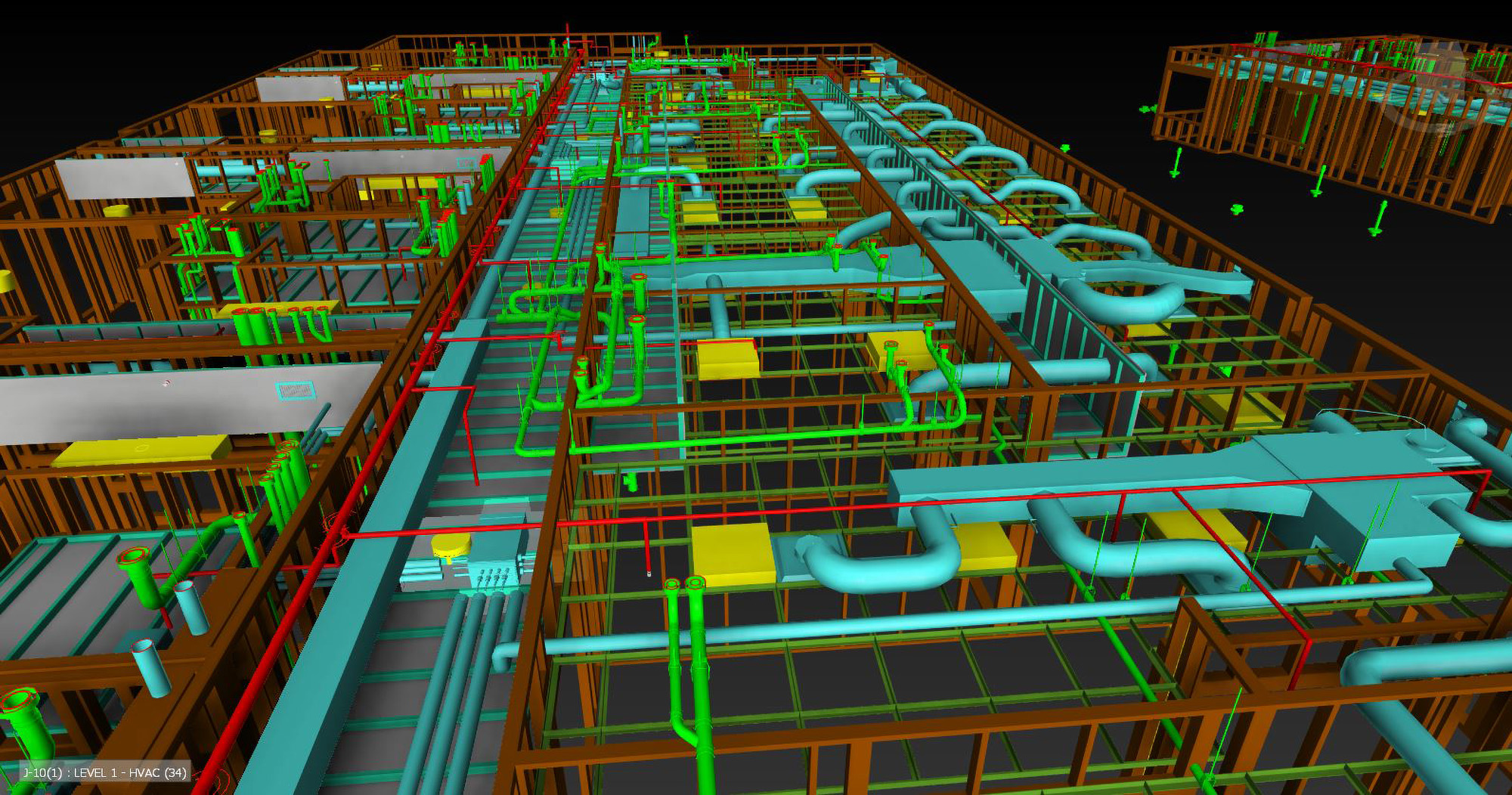
Alternatively, when the contractor is brought in later, as the project is ready to go to permitting, any opportunity for early collaboration and subsequent ability to make substantial design enhancements is lost. The GC can only price out the project and utilize bidding at this point, which can be limiting and affected by potential labor and/or supply chain shortages.
Consider Supply Chain Delays
While the Coronavirus pandemic appears to be in the rearview, the industry is still grappling with supply chain issues. In particular, many critical electrical components are delayed, with some requiring more than 80 weeks lead time. This necessitates that orders must be placed much earlier than would have been typical just a few years ago to avoid project delays, and in turn cost increases. Such consequences can be averted entirely when the contractor is able to collaborate on the project from the beginning.
Experienced Partners in Affordable Housing
Building an affordable housing project requires deep knowledge in areas one might not typically consider “construction.” Thus, it’s important that the GC team you select is experienced, well-informed in areas including financing and regulatory requirements, and maintains good relationships with the various trade partners required to get these projects off the ground.
Financing and Compliance
In California, almost all affordable housing development deals follow the same timeline with the California Tax Credit Allocation Committee (CTCAC) administering the state’s Low-Income Housing Tax Credit Program. GCs need to be intimately familiar with this financing mechanism, as it firmly dictates necessary compliance requirements. Navigating the multiple agencies involved and various types of documentation is a skill in and of itself, that again, must happen at the front end of the project.
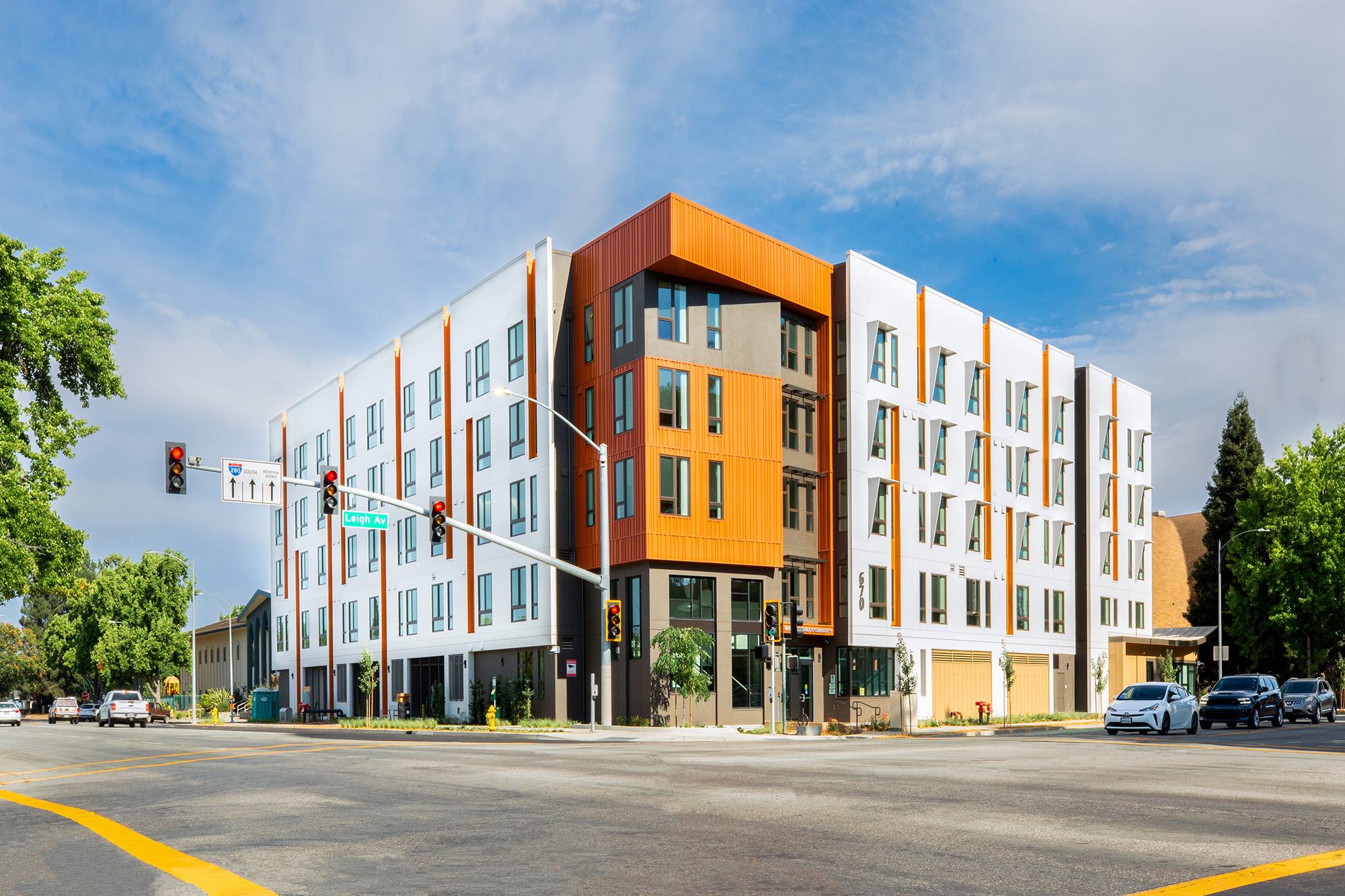
Insurance
Current pressures in the property insurance marketplace have had a major effect on multifamily development. For example, both property and builder’s risk insurances can vary wildly when comparing combustible versus noncombustible construction types. Contractors should have a keen pulse on the market so they can make informed—and early—recommendations on a building’s materials. This is important both during construction, when the project is most high-risk and insured under builder’s risk, as well as in terms of building life cycle costs.
Regulatory
Frequent new regulations and updated code requirements can greatly impact how a project must be built, potentially adding scope and budget if not planned accurately. From identifying necessary sustainability features to meeting labor mandates, contractors need to stay informed and have a deep understanding of what is required before actually embarking on a project.
Labor Market
Ask any contractor about issues the industry is facing and shortage of labor is sure to be high on their list. This general sentiment is underscored in the affordable housing market developments that utilize low-income tax credits as part of the capital structure, as well as by the fact that each project follows the same CTCAT award rounds. This puts many projects on the same timeline each year and greatly limits labor competition, forcing subcontractors to pick and choose which projects they pursue.
Those general contractors that invest in building deep relationships with their local trade contractor partners will set themselves apart. Providing training and making sure these partners feel heard and seen can go a long way in ensuring a talented and reliable trade pool will choose to work on your projects when the time comes.
Overall, affordable housing projects are major investments with long timelines that ultimately have a remarkable impact on their communities. To be successful, developers need to assemble a qualified, collaborative team of professionals as early as possible. Doing so will surely result in providing quality homes to residents in-need quickly and efficiently.
Related Stories
MFPRO+ New Projects | Nov 3, 2023
Los Angeles affordable housing community has grand opening
Yesterday, the grand opening took place for Mariposa Lily, a new Art Deco-inspired affordable housing project in the Pico Union district of Los Angeles, Calif.
Adaptive Reuse | Nov 1, 2023
Biden Administration reveals plan to spur more office-to-residential conversions
The Biden Administration recently announced plans to encourage more office buildings to be converted to residential use. The plan includes using federal money to lend to developers for conversion projects and selling government property that is suitable for conversions.
Sponsored | MFPRO+ Course | Oct 30, 2023
For the Multifamily Sector, Product Innovations Boost Design and Construction Success
This course covers emerging trends in exterior design and products/systems selection in the low- and mid-rise market-rate and luxury multifamily rental market. Topics include facade design, cladding material trends, fenestration trends/innovations, indoor/outdoor connection, and rooftop spaces.
MFPRO+ Special Reports | Oct 27, 2023
Download the 2023 Multifamily Annual Report
Welcome to Building Design+Construction and Multifamily Pro+’s first Multifamily Annual Report. This 76-page special report is our first-ever “state of the state” update on the $110 billion multifamily housing construction sector.
Market Data | Oct 23, 2023
New data finds that the majority of renters are cost-burdened
The most recent data derived from the 2022 Census American Community Survey reveals that the proportion of American renters facing housing cost burdens has reached its highest point since 2012, undoing the progress made in the ten years leading up to the pandemic.
Giants 400 | Oct 23, 2023
Top 115 Multifamily Construction Firms for 2023
Clark Group, Suffolk Construction, Summit Contracting Group, Whiting-Turner Contracting, and McShane Companies top the ranking of the nation's largest multifamily housing sector contractors and construction management (CM) firms for 2023, as reported in Building Design+Construction's 2023 Giants 400 Report. Note: This ranking factors revenue for all multifamily buildings work, including apartments, condominiums, student housing facilities, and senior living facilities.
Giants 400 | Oct 23, 2023
Top 75 Multifamily Engineering Firms for 2023
Kimley-Horn, WSP, Tetra Tech, Olsson, and Langan head the ranking of the nation's largest multifamily housing sector engineering and engineering/architecture (EA) firms for 2023, as reported in Building Design+Construction's 2023 Giants 400 Report. Note: This ranking factors revenue for all multifamily buildings work, including apartments, condominiums, student housing facilities, and senior living facilities.
Giants 400 | Oct 23, 2023
Top 190 Multifamily Architecture Firms for 2023
Humphreys and Partners, Gensler, Solomon Cordwell Buenz, Niles Bolton Associates, and AO top the ranking of the nation's largest multifamily housing sector architecture and architecture/engineering (AE) firms for 2023, as reported in Building Design+Construction's 2023 Giants 400 Report. Note: This ranking factors revenue for all multifamily buildings work, including apartments, condominiums, student housing facilities, and senior living facilities.
Affordable Housing | Oct 20, 2023
Cracking the code of affordable housing
Perkins Eastman's affordable housing projects show how designers can help to advance the conversation of affordable housing.
Affordable Housing | Oct 10, 2023
Lendlease expands military housing nation-wide with Cadence Communities
Lendlease announced today it has closed ground leases at seven U.S. Army installations, which together establish the new Cadence Communities portfolio.



